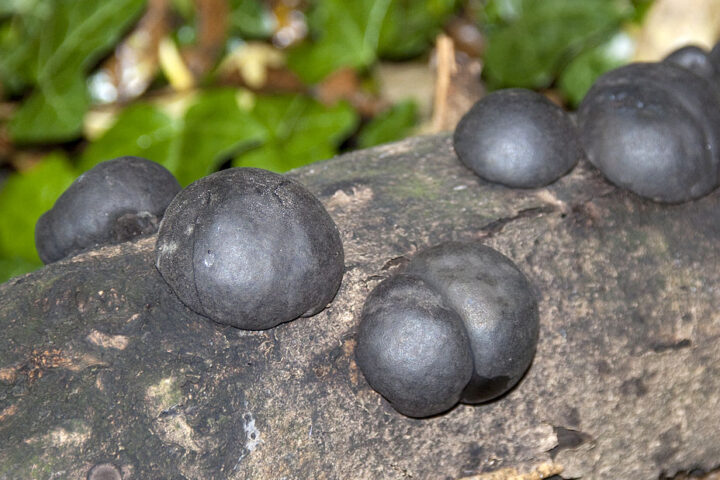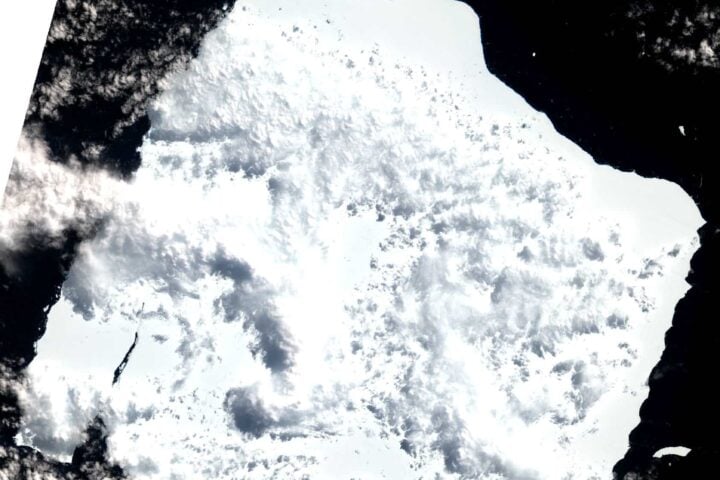Cutting-Edge Experiment Mimics Alien Terrain, But to What Extent?
In what some are hailing as a scientific breakthrough, researchers have managed to recreate the peculiar “spider” formations found on Mars in a laboratory. This achievement, published in The Planetary Science Journal, is being touted as a monumental advancement in our comprehension of Martian geology. Although, as someone who has witnessed the hype around scientific exploration, I can’t help but wonder: is this truly a significant leap propelling our quest to understand Mars or just another minuscule finding within the everlasting abyss of unanswered Martian secrets?
The Martian Arachnids That Aren’t
These so-called “spiders,” first spotted by Mars orbiters back in 2003, have been the subject of scientific fascination for over two decades. Officially termed “araneiform terrain” – a decorated name for something that resembles the scribbles of an overzealous cosmic toddler- these formations can sprawl over half a mile across the Red Planet’s southern hemisphere. With hundreds of spindly “legs,” they give Mars’ surface the appearance of a planet-sized connect-the-dots puzzle gone wrong.

Simulating Mars: A Herculean Task or a Fool’s Errand?
Led by Lauren Mc Keown of NASA’s Jet Propulsion Laboratory (JPL), the team faced the unenviable task of mimicking Mars’ inhospitable environment. Since the recreation had to undergo a process that did not naturally occur on Earth, they used something called DUSTIE – Dirty Under-vacuum Simulation Testbed for Icy Environments. A wine barrel-sized chamber cooled by liquid nitrogen to recreate temperatures as low as minus 301 degrees Fahrenheit. One can’t help but marvel at the ingenuity, even when practicality seems to be thrown out the window.
“The spiders are strange, beautiful geologic features in their own right,” Mc Keown stated, with the enthusiasm typical of young researchers. “These experiments will help tune our models for how they form.” But will they? Or are we just playing in a very expensive, very cold sandbox?
Similar Posts
The Carbon Dioxide Conundrum
The experiments appear to confirm aspects of the Kieffer model, named after scientist Hugh Kieffer. This model suggests these formations result from carbon dioxide ice sublimating directly into gas. It’s a process that doesn’t naturally occur on Earth, which begs the question: are we really learning about Mars, or just creating an elaborate simulation that may have little bearing on reality?
An Unexpected Turn: Nature’s Messy Handwriting
In a twist that would surprise no one who’s spent any time observing nature, the experiments revealed something unexpected. Ice formed between the grains of the simulated Martian soil, cracking it open – a process not predicted by the Kieffer model.
“It’s one of those details that show that nature is a little messier than the textbook image,” noted Serina Diniega of JPL, a co-author of the study. This old journalist couldn’t agree more. After decades of watching scientists struggle to fit the universe into neat little boxes, it’s almost refreshing to see nature throw a wrench into the works.

A Window to the Past or a Mirror of Our Ignorance?
We’re told these formations might offer insights into Mars’ climatic history. Yet the fact remains that their formation in certain areas and lack thereof in others or the absence of their growth remains unexplained. Could they be relics of a bygone Martian era? Perhaps. Or perhaps we’re just reaching for clues where none truly exist, like ardent stargazers finding animals in the night sky.

The Road Ahead: More Questions Than Answers
With this lab recreation under their belts, researchers are gearing up for more experiments. They plan to use simulated sunlight instead of a heater, aiming to accurately mimic Martian conditions. It’s a noble pursuit, to be sure, but one can’t help but wonder if we’re only refining our ignorance rather than expanding our knowledge.
The Harsh Reality of Mars Exploration
For all our earthbound efforts, the sad truth is that we’re no closer to directly observing these formations on Mars. Our rovers, Curiosity and Perseverance, are nowhere near the southern hemisphere where these “spiders” reside. No spacecraft has ever landed in this region, and given the harsh conditions that turned the Phoenix mission into a short-lived venture, one wonders if we ever will.

The Bigger Picture: A Cosmic Perspective
This research, while intriguing, is but a drop in the cosmic ocean of our quest to understand Mars. As we dream of human missions to the Red Planet, such insights into its surface processes could prove valuable. Or they could be entirely irrelevant to the practical challenges of getting boots on Martian ground.
The ability to recreate Martian phenomena in Earth-based labs is certainly a testament to human ingenuity. But it also highlights the vast gulf between observation and understanding. We can mimic the conditions, but can we truly comprehend a world so alien to our own?

As we continue our robotic exploration of Mars, each discovery seems to raise more questions than it answers. The story of these Martian “spiders” is just one thread in the complex tapestry of our solar system’s history. Whether it will lead us to greater enlightenment or merely tangle us further in the web of cosmic mysteries remains to be seen.
In my countless years of reporting on scientific advancements, I’ve learned that progress often comes in fits and starts, with as many setbacks as breakthroughs. This latest achievement in Martian simulation is undoubtedly impressive. But whether it will truly advance our understanding of the Red Planet or simply add another layer to our already complex picture of Mars is a question only time – and perhaps future missions – can answer.

















